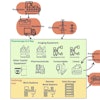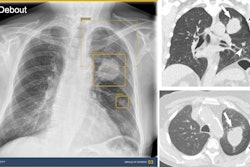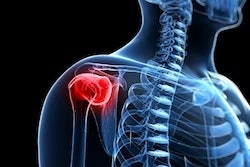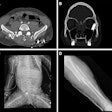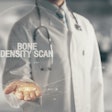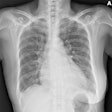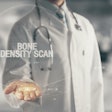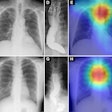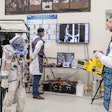Dear Digital X-Ray Insider,
RSNA 2023 wrapped up in Chicago recently, with a bevy of digital x-ray studies presented at the meeting. We’ve featured one more here: an AI study conducted in Zambia testing an algorithm developed by Google to detect tuberculosis on chest x-rays. The model performed well, and you can read about the study in this issue’s featured article.
As expected, AI studies took most of the top headlines from RSNA 2023. The mood at the meeting may have been summed up most succinctly by Sean Raj, MD, of outpatient radiology group SimonMed Imaging: “We’re going all in on AI,” he said, in a presentation on an algorithm that significantly reduces turnaround time for fracture detection.
Here are a few other stories highlighting our coverage of the meeting:
- According to researchers at the Mayo Clinic in Rochester, MN, a standalone deep-learning model named THA-Net shows potential for making the presurgical planning process for total hip arthroplasty more efficient.
- An AI algorithm was presented that could make dynamic digital radiography (DDR) more efficient by automatically measuring kinematics involved in certain shoulder injuries.
- Research from a group in Germany was presented suggesting that an AI algorithm for pneumothorax detection can perform similarly to radiology resident readers.
- A study from the University of Texas at Austin found that ChatGPT-4.0 performed well on image-independent American College of Radiology Diagnostic In-Training Exam (ACR DXIT) practice questions.
As promising as AI appears to be, the technology yet faces significant obstacles. A story we published on a recent study in Radiology revealed that radiologists outperformed four commercially available AI algorithms when diagnosing lung diseases on chest x-rays, for instance. We discussed this study with lead author Louis Plesner, MD, of Herlev and Gentofte Hospital in Copenhagen, Denmark. Click here to watch the interview.
Finally, there’s also plenty of non-AI research ongoing in digital x-ray. For instance, we highlighted one recent study that explored whether hip x-rays can be reliable indicators for bone mineral density in patients prior to THA procedures.
That's all for now! Be sure to check back often for more news in your Digital X-Ray Community.



